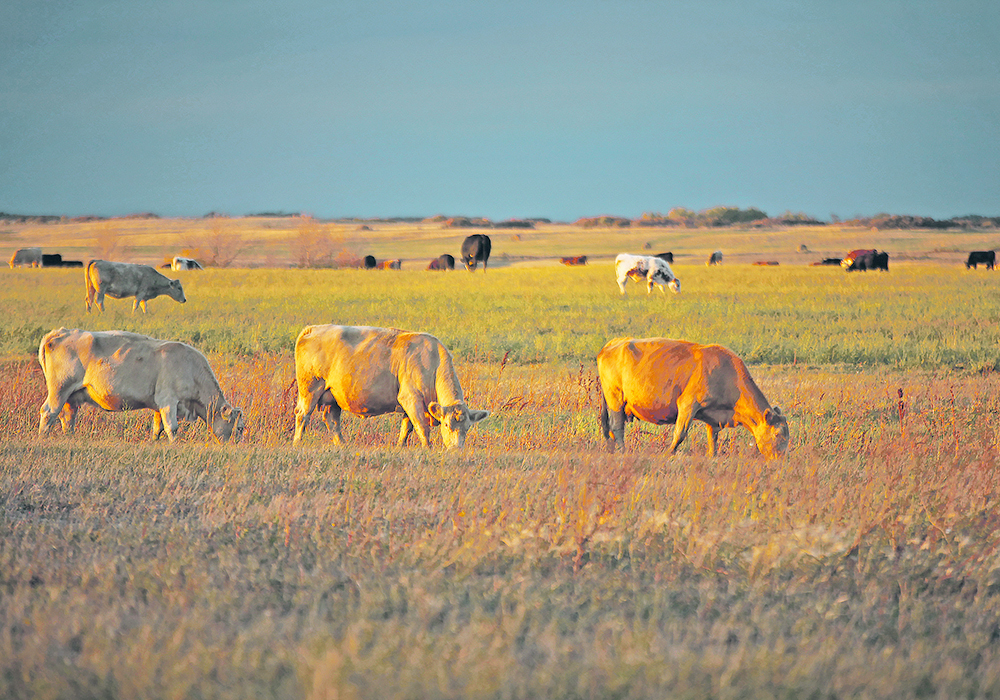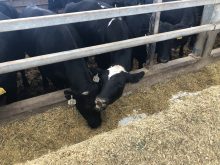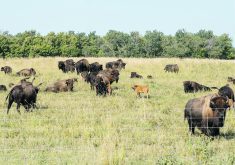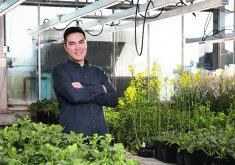Initiatives announced by Alberta’s Results Driven Agriculture Research agency target grazing, climate change and carbon
Scientists in Alberta and Saskatchewan will use cutting-edge genomics research to help beef and crop producers improve grazing management, climate resiliency and sequestration of carbon in soil.
The research includes a $6.3 million project at the University of Alberta that will seek to promote climate action through grazing. It will look at microbes in the soil as well as within the guts of cattle, said Mark Redmond, chief executive officer of the province’s Results Driven Agriculture Research agency.
Read Also
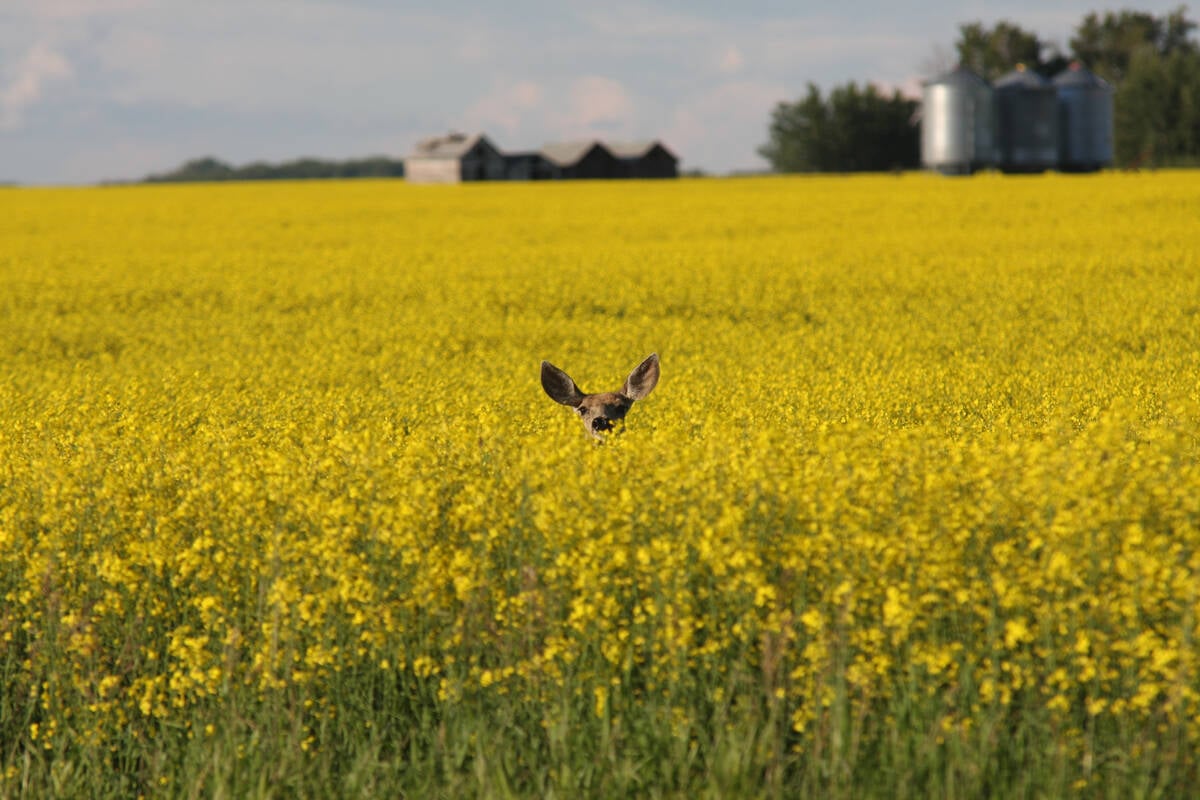
Drones now used to assess wildlife crop damage in Saskatchewan
Wildlife damage in Saskatchewan crops is now assessed by drones and artificial intelligence.
“What we know from studies on feeding cattle is the microbial populations in the stomach change according to what the animals are grazing. And so, as we’re looking to reduce some of the methane production, we’re interested in different types of grazing strategies that will affect the methane produced, but also looking at the soil and the grasslands themselves.”
It is one of three projects totalling $19.7 million that are partly funded using $2.4 million from RDAR. The remainder is provided under the new Sustainable Canadian Agriculture Partnership, which is jointly funded by the federal and provincial governments.
Genomics is the study of the genetic information of living things as encoded by their DNA and related molecules such as RNA and proteins, said a statement by RDAR.
“Insights gathered from genomics hold the key to developing innovations across many sectors, such as agriculture and health. Investments in genomics present many opportunities to drive economic growth and improve the quality of life for people across Alberta and the globe.”
Another project will receive $7.1 million to develop climate-resilient field peas as a preferred rotation crop with a low carbon footprint. The initiative will include the University of Calgary, the National Research Council of Canada, Genome Alberta and Genome Prairie.
It will use an inter-disciplinary approach to genomic technologies to increase the acreage of nitrogen-fixing pulse crops such as field peas. It will help producers lower their costs by reducing the use of nitrogen fertilizers, as well as contributing to Canadian exports and meeting global food demand while reducing the carbon footprint of the agriculture industry, said RDAR.
As well, a $6.2 million initiative at the University of Saskatchewan and Genome Prairie will use genomics to develop breeding strategies to create new varieties of wheat and lentils that are more efficient and climate resistant.
The goal is to save producers as much as $1 billion in fertilizer costs during the next two decades, said RDAR. Researchers will also seek to develop a rotation-based approach for wheat production using lentils to reduce the need for synthetic fertilizers, which could lower farms’ overall carbon footprint.
The cattle grazing project involving the University of Alberta will also include Genome Alberta and Agriculture Canada. It will seek to gain a deeper understanding of how grazing management practices can influence rangeland and soil microbiomes.
“Depending on if the animals are grazed intensively — so, left in an area of grassland for a long period of time — they graze down pretty well everything in the field,” said Redmond.
“How does that affect the microbes in the soil versus a more extensive grazing, so grazing for shorter periods of time, perhaps selective on certain species? It just changes that whole micro-environment.”
Such considerations are important for other initiatives involving RDAR such as the federal On-Farm Climate Action Fund program, he said. It provided up to $75,000 per applicant starting in 2022 to help producers tackle climate change by improving their farming practices.
RDAR’s portion of the program included rotational grazing.
The genomics research announced by RDAR could allow producers to better understand how this movement of cattle affects the microbial content of soils, he said.
“It allows you to go in with a very fine tool in terms of looking at how land and livestock are interacting with each other.”
It could help with the development of greenhouse gas mitigation strategies in Alberta, along with improving initiatives to preserve native grassland, said Redmond.
“The research is going to develop some tools which can actually be put into the hands of the producers so that they can actually customize the grazing rationale to their own area,” he said.
“This particular approach is useful in terms of the native grasslands as well as the tame pasture because of course, depending on whether you’re on native or whether you’re on tame, the population of plants in that particular pasture area are going to be different.”
Some testing kits have reached a stage of development similar to that of COVID-19 saliva tests that are based on small strips, he said. “And so, that’s the type of tool we’d like the producers to have available to them as they’re changing their farming practices or their ranching practices.”


